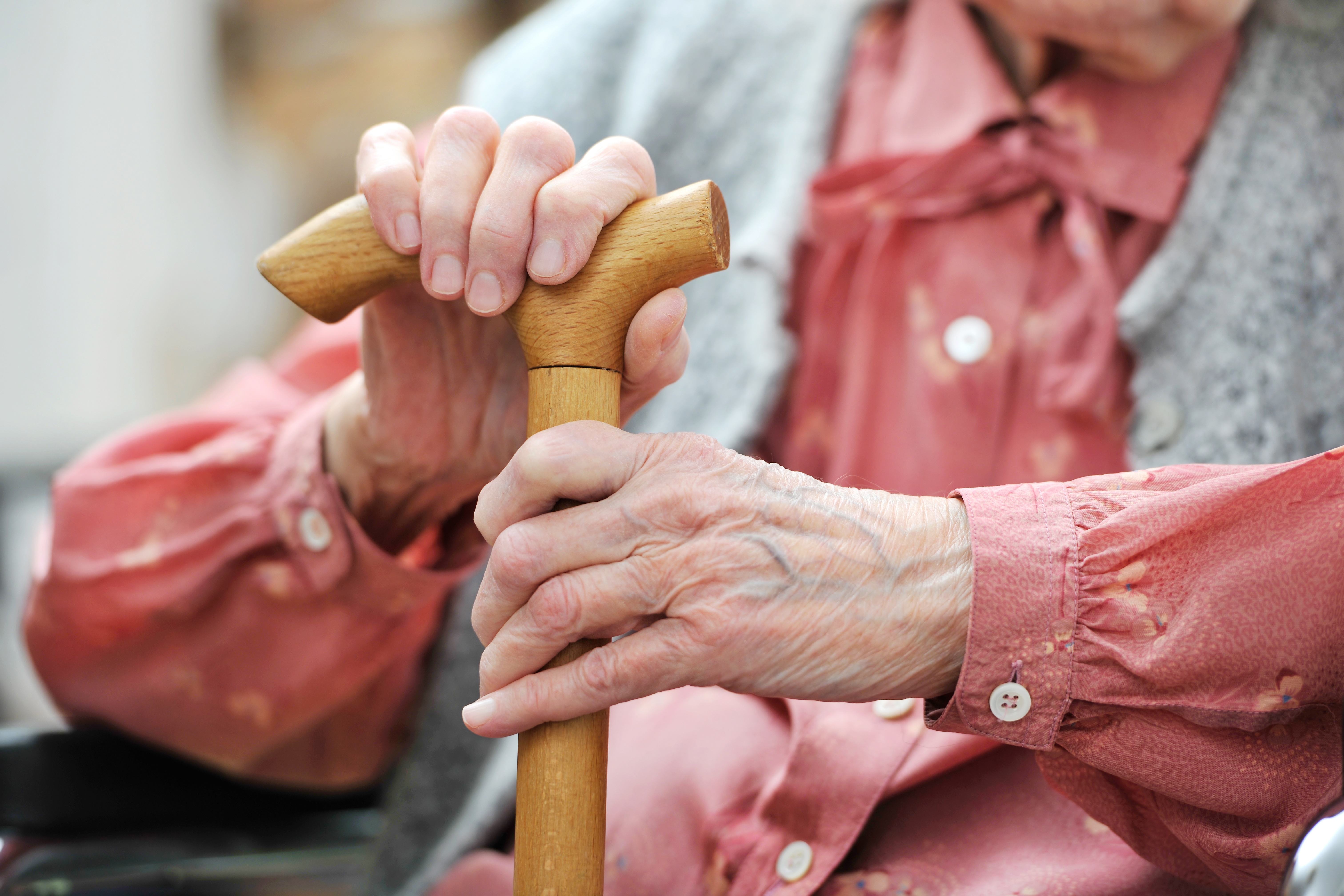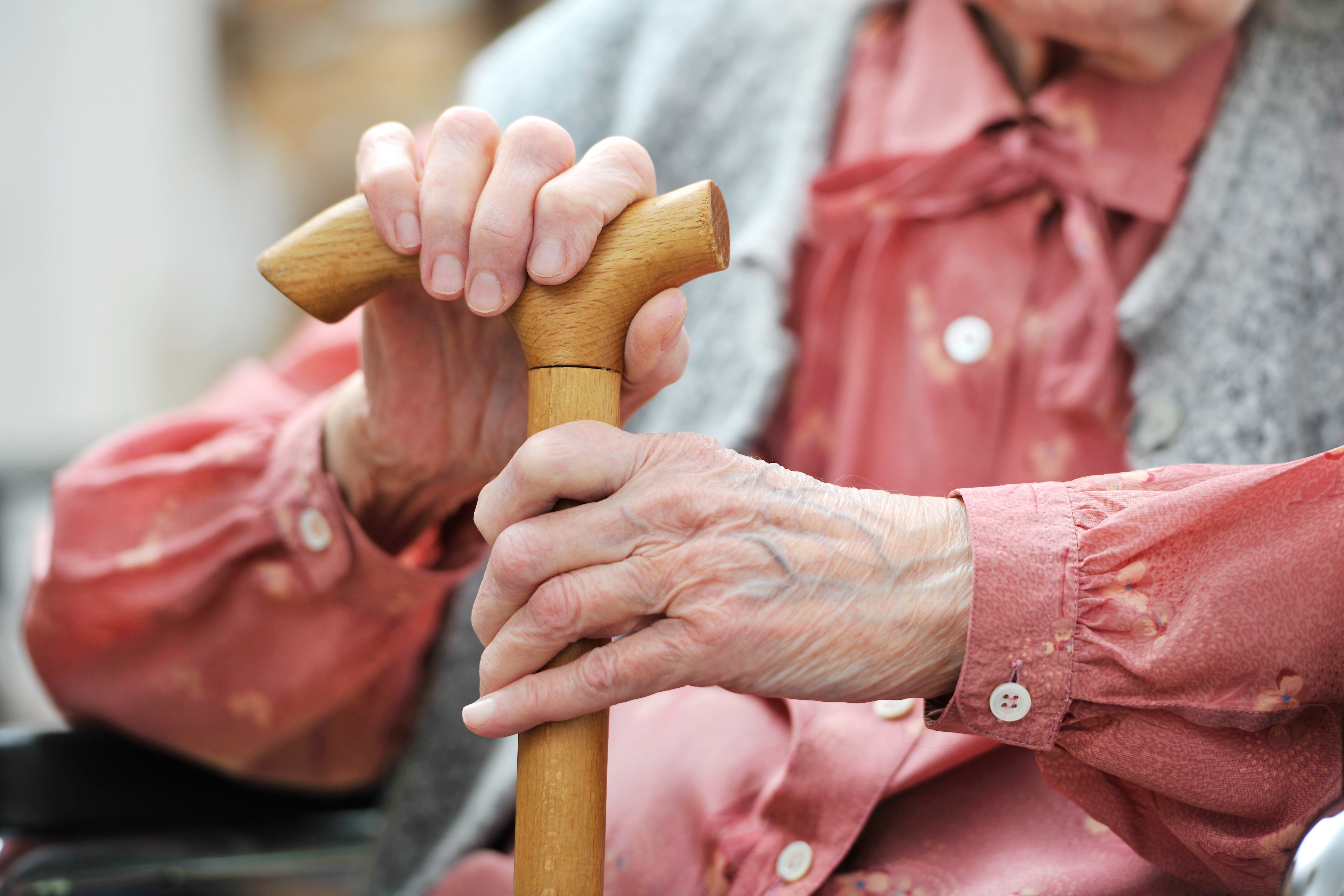
A number of society’s demographics are more vulnerable to contracting Legionnaires’ disease than others, and those with a range of underlying health conditions are recognised as being very susceptible. And while observing other illnesses can lead to further clinical complications for those fighting legionella irrespective of age, it’s common knowledge among the medical profession that a more elderly population find themselves in the front line more readily when the potentially deadly bacteria strikes.
One of the main places where the elderly routinely congregate here in the UK is in residential and care homes. And unfortunately (and mirroring similar risk levels as hospitals) the probability of legionella increases in such environments if and when practice, procedure, protocol and indeed, on-going vigilance isn’t heeded from the outset. The upshot of a Legionnaires’ disease outbreak in a care home surrounding doesn’t bare thinking about, however it can and does happen.
Legionella Lock-down in Stoke
Look no further than the recent case which made the headlines in Staffordshire, where a legionella scare was responsible for the immediate closure of a 25-bed NHS centre for the elderly in Stoke. Traces of the bacteria were discovered while the water system in the home had routine checks carried out on it, and while it was reported that neither patients nor staff contracted Legionnaires’ as a result, the subsequent uncertainty, worry and upheaval was something which all parties affected could have done without.
With regards to this particular case, the summer’s unprecedented heatwave was cited as the reason for the heightened presence of the bacterium at ‘Brighton House’ in Silverdale; and posed enough imminent risk to force the temporary lock-down of the site. According to sources, patients, staff and services were relocated to Bradwell Hospital whilst water treatment specialists were drafted in and undertook a thorough analysis of the building.
This is neither the first time, nor an isolated episode when it comes to Legionnaires’ disease being mentioned in the same breath as care homes in this country. Earlier this year a BUPA-run nursing home in Essex was placed firmly under the spotlight, after an elderly resident tragically passed after being exposed to the bacteria while living in a Brentwood home. According to news coverage at the time, the operators of the home were deemed negligent, having not implemented the necessary safety measures to control a changeable situation which culminated in the resident’s death. The hearing at Ipswich Crown Court learned how the water systems were not adequately monitored during a period of structural renovation to the building, proving negligence on the part of the care-provider.
What Residential Home Owners and Managers Need to Know
Thankfully this scare was promptly nipped in the bud thanks to the quick reactions to those involved, but sadly this isn’t always the case. With this in mind, below we look at how you can minimise the risk of Legionnaires’ disease being provided with both the conditions to manifest and thereafter, proliferate in water systems found in care homes, hospitals and other places where the vulnerable are often accommodated. But before we do, let’s remind ourselves of the basics. Typically contracted via the inhaling of almost microscopic airborne droplets of infected water (which themselves are releases into the immediate atmosphere courtesy of a facility which creates a water vapour or spray), there’s no escaping the underlying fact that Legionnaires’ disease – in the capacity of a serious form of pneumonia - can, potentially, be fatal to those affected.
Temperature fluctuations in stored water is the key to triggering legionella, or rather the crucial difference between providing a breeding ground for the bacteria or not. Essentially if and when water is maintained between 20 - 45°C; which is considered by water treatment experts as the optimum temperature to both invite and encourage unwanted growth in water tanks. Additional fuel which can also fan the flames, so to speak, include any evidence or proliferation of nutrients in situ; for example as rust, sludge, scale, organic matter and biofilms, all of which are known to support legionella’s evolution. In terms of ideal temperatures at which water systems should be set to nullify the threat of legionella, we are talking anything below 20°C (which results in bacteria remaining dormant) or in excess of 60°C; the latter figure ensuring that survival is not possible.
What Else Can Care Home Proprietors and Operators Do to Ensure That Its Premises have reduced Legionella risk?
Staying with the above water storage practices, it’s important to be mindful of appliance logistics too, to ward off any possible legionella threat taking a largely unseen hold. For instance it’s strongly advised that residential homes keep cold water facilities as close to the incoming cold mains supply temperature as is physically possible within the boundaries of building constraints. It’s also worth noting that the abovementioned 60°C water storage target attains a minimum temp of 55 °C at the point of distribution in healthcare premises; and notably within one minute at the outlets.
The backbone of any Legionella control programme is compliance of HSE dictates, which extends not just to the physical checking of systems being fit for purpose and operating within pre-defined guidelines, but equally so that associated paperwork is kept up to date. Alongside the water temperature checks, there are a range of tests which should be adhered to routinely, including the timely flushing of little-used outlets, descaling and the performing of visual checks; all of which are considered rudimentary surveillance and which should be carried out methodically as well as regimented in terms of timescale. Bacteria levels can alter dramatically and quickly, so without these controls and prudent evaluations in place it might be impossible to determine compromises to water system safety.
Elsewhere staff need to be appropriately trained in knowing what early warning signs to look for, together with being knowledgeable about how to flag up, tackle and eliminate any issues, which might arise during their stewardship. Inevitably, this means training must be kept up-to-date, while managers and more hands-on maintenance staff need to be educated and kept abreast of unfolding situations, so reporting and reaction can be fast-tracked.
Whose Responsibility is it To Monitor the Water Systems in a Residential Home?
Every care home establishment in the UK will have by law, enlisted a duty holder, whose remit it is to run regular checks and analysis on the water system within the building(s). It’s imperative that this individual (be it someone in-house or alternatively, an outsourced third party) is tasked to undertake suitable precautions so as to prevent (or control/manage) the risk of exposure to legionella. Means by which this goal is achieved are as follows;
- An up-to-date legionella risk assessment
- Written ‘scheme of control’ in place
- Schematic diagram (detailing both hot and cold water system(s))
- Records of all necessary checks, tests and inspections (including sample recording sheets)
With direct reference to the scheme of control mentioned above, this should expand to incorporate all the various tasks included beneath, and at the recommended junctures.
Twice weekly; Flushing of unoccupied rooms or infrequently used outlets
Monthly; Temperature checks at the sentinel taps (i.e. the flow and return temperatures at the calorifier), and outlets closest to - and furthest away from - the flow, as well as a representative selection of points
Quarterly; Descaling (and disinfection) of shower head, hoses and taps
Annually; Inspection - and chlorination if required- of cold water storage tanks (or as per the risk assessment)
Annually; Servicing - and cleaning - of thermostatic mixing valves (TMVs).






